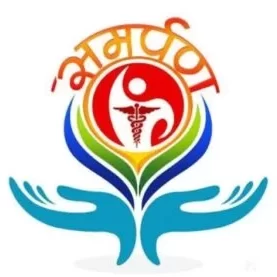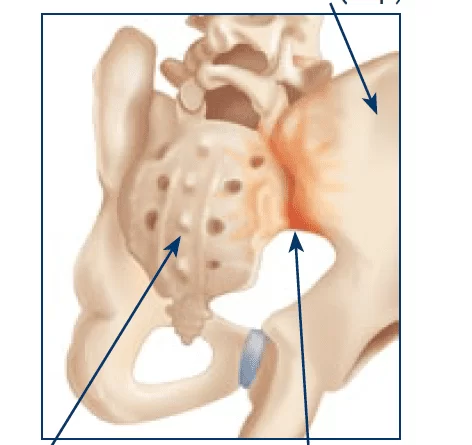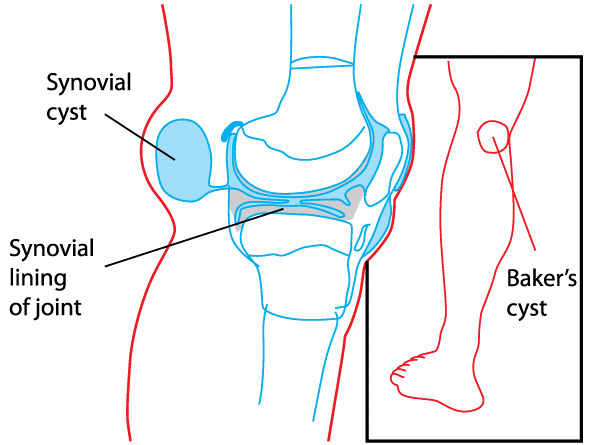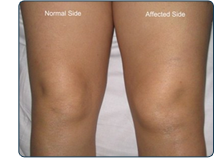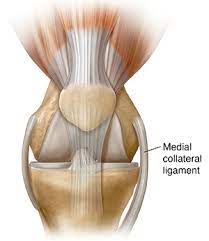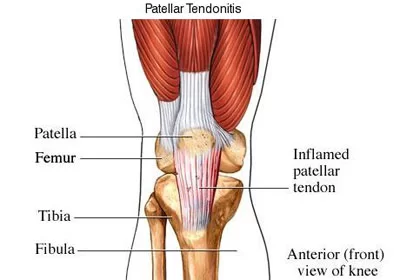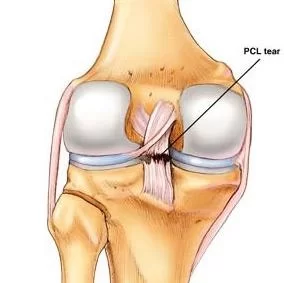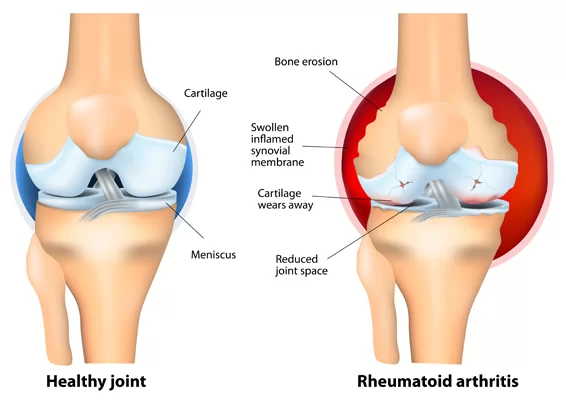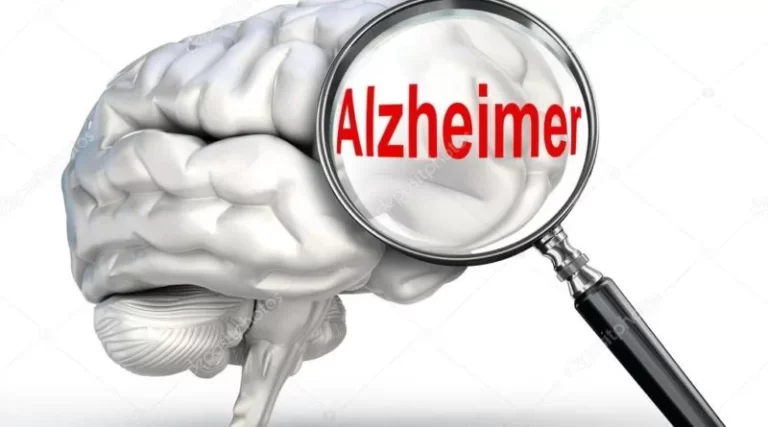Sacroiliac Joint Dysfunction
What is Sacroiliac Joint Dysfunction? Sacroiliac joint dysfunction is a condition where the sacroiliac joint, which connects the sacrum to the ilium, becomes tender and swollen. This can cause pain in the lower back and buttocks that may radiate down into the legs. Treatment for this condition typically involves resting, over-the-counter painkillers, muscle relaxants, and…
